Mercedes or Ford? Sprinter or Transit? Let’s find out together which van is more reliable for van life!
If you stop by a campervan festival or conversion rally, you will see dozens of shiny Mercedes Sprinters lined up. They have been considered the best vehicle to turn into a camper for a long time, thanks to their legendary lifespan and impressive build quality. Because the Sprinter has proven very popular among the van life community, there are lots of resources and a huge amount of official and aftermarket parts to help you carry out your own conversion for sale.
Yet the Ford Transit, with its lower purchase price and cheaper maintenance costs, is slowly catching up. In fact, you can find more and more accessories and parts to convert Transits these days. If you go on YouTube, you’ll find plenty of people living out of one.
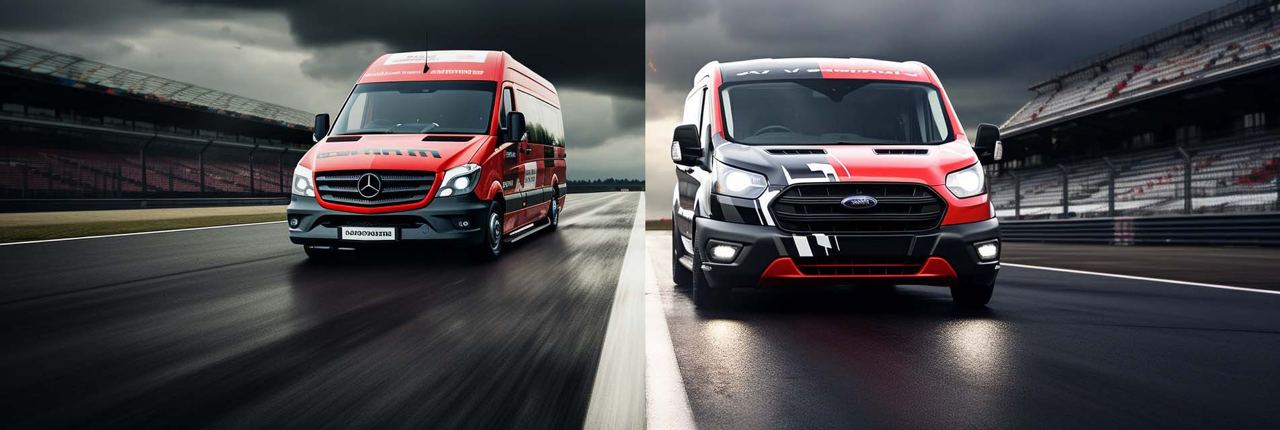
Van lifers can be pretty opinionated about which of the two vans is best. Reddit user PineConeHedgehog comments:
“Love my Transit. AWD was a must for me. We often camp down pretty bad roads with very sandy conditions and it has been outstanding. The turbo gives me the power and safety I need to pull out and maneuver in traffic with a large heavy vehicle. The visibility is outstanding, especially with the backup cameras.”
On the other hand, Kaya Lindsay from GnomadHome chose a 2006 140” Mercedes-Benz Sprinter because the fuel economy is great, it’s nimble, and has a great turn radius. She has lived on her DIY conversion, Lyra, for the last five years.
So can we settle the great van debate – Sprinter vs Transit – once and for all? We’ll try.
In this article, we look at the key differences between the two models. We use both technical data and personal experience from numerous sources to help you choose between the two Titans.
- Transit vs Sprinter – what’s the difference between the vans?
- The exterior
- Interior
- Engine
- Which is most reliable – the Ford Transit or the Mercedes Sprinter?
- Maintenance costs
- Price point and resale valueFord E-series
- Official and aftermarket accessories
- Shape
- Resources
- Pros and cons
- Ford Transit
- Mercedes Sprinter
1. What’s the difference between a Sprinter van and a Transit van?
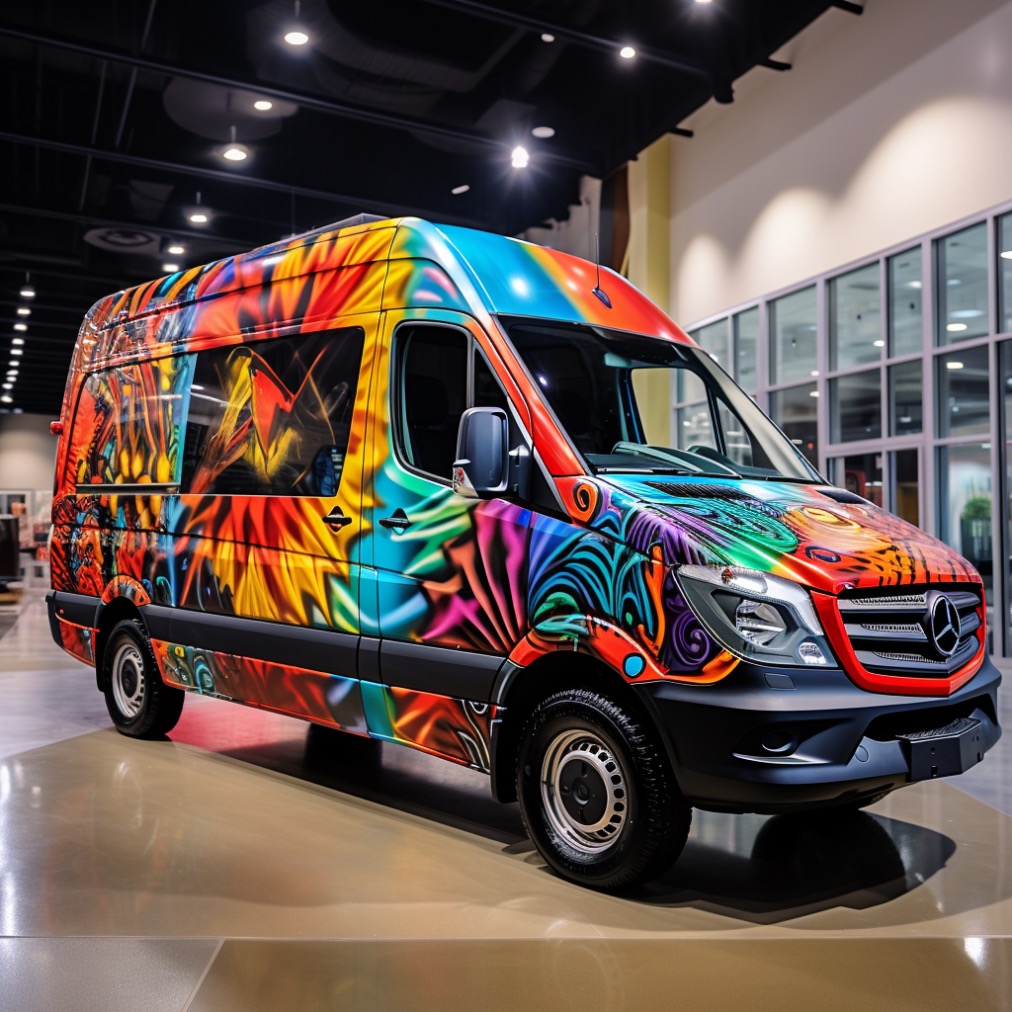
The exterior and the cabin’s interior of these vehicles look pretty similar. They’re not exactly easy to tell apart when you see them on the road – right? Yet, if you look closely, you’ll notice a number of distinctions.
You’ll find the key differences between the Sprinter and the Transit in this table. Further down the page, we go into detail about them.
| Category | Mercedes Sprinter | Ford Transit |
|---|---|---|
| Wheelbase | LR 144” / HR 144” / HR 170” / HR 170” extended | MR 148” long wheelbase / HR 148” long wheelbase / HR 148” extended long wheelbase |
| Overall length | 233.5” / 233.5” / 274.3” / 290” | 235.5” / 263.9” / 235.5” |
| Cargo volume | 319 / 374.3 / 488.1 / 532.6 cu ft | 352.1 / 487.2 / 404.3 cu ft |
| Interior standing height | 67.7” / 79.1” / 79.1” / 79.1” | 72” / 81.5” / 81.5 “ |
| Drive train | RWD, AWD, 4×4 | RWD, AWD (2023) |
| Color options | Arctic White, Blue Grey, Pebble Grey, Steel Blue, Aqua Green, Velvet Red, Jupiter Red, Grey White, Silver Grey, and Stone Grey | Abyss Gray Metallic, Agate Black Metallic, Avalanche Gray Metallic, Blue Metallic, Blue Mist, Carbonized Gray Metallic, Ingot Silver, Oxford White and Race Red |
| Maximum payload | 7,500 lbs with the diesel engine | 5,110 lbs with the diesel engine |
| Price range | $43,000-$65,000 | $38,000-$56,000 |
Bear in mind that, based on the year of production, there can be some variations in the models.
2. The exterior

The Sprinter comes in a panel and crew version, while the Transit is available as a classic van, a double cabin-in-van, or a passenger van (the new 2023 Trail).
The Sprinter can be as long as 290”, while the biggest Transit is only 235.5” long. The interior height is similar – 79.1” for the Sprinter and 81.5” for the Transit. However, a Sprinter is 2.4 inches wider than the Transit.
Overall, if you’re looking to carry heaps of gear or install lots of furniture on your rig, the high roof 170” extended Sprinter offers the biggest amount of volume (532.6 cubic feet). That’s a whole lot more than the 404.3 cubic feet you’ll find on the biggest Transit.
The 2024 Sprinter is available in 10 colors, while the 2023 Transit comes in nine color options. You can choose between solid and metallic paint for both.
3. Interior
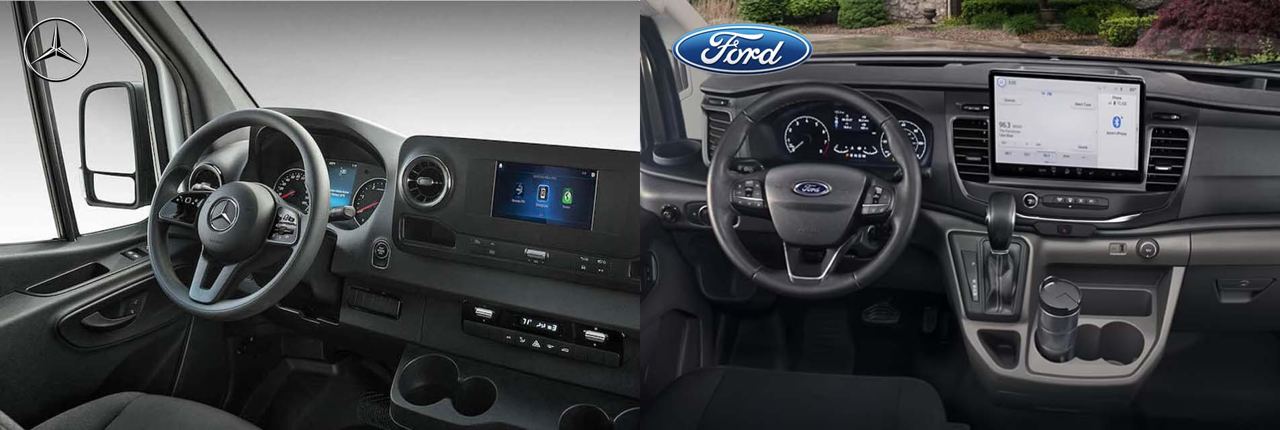
Both the Sprinter and the Transit feature comfortable cabins that work well for long-distance travel.
The cabs are stylish and smart, while being functional. The main difference – other than the look of the dashboard – is that the seating position is slightly lower on the Transit. However, the legroom is pretty much the same.
Newer vans offer plenty of luxuries, such as a great infotainment system and heated front seats. If you’re after an older model, the cab will feature less technology, but still a great level of comfort. After all, these vehicles were built for delivery drivers who need to spend all day at the wheel.
4. Engine
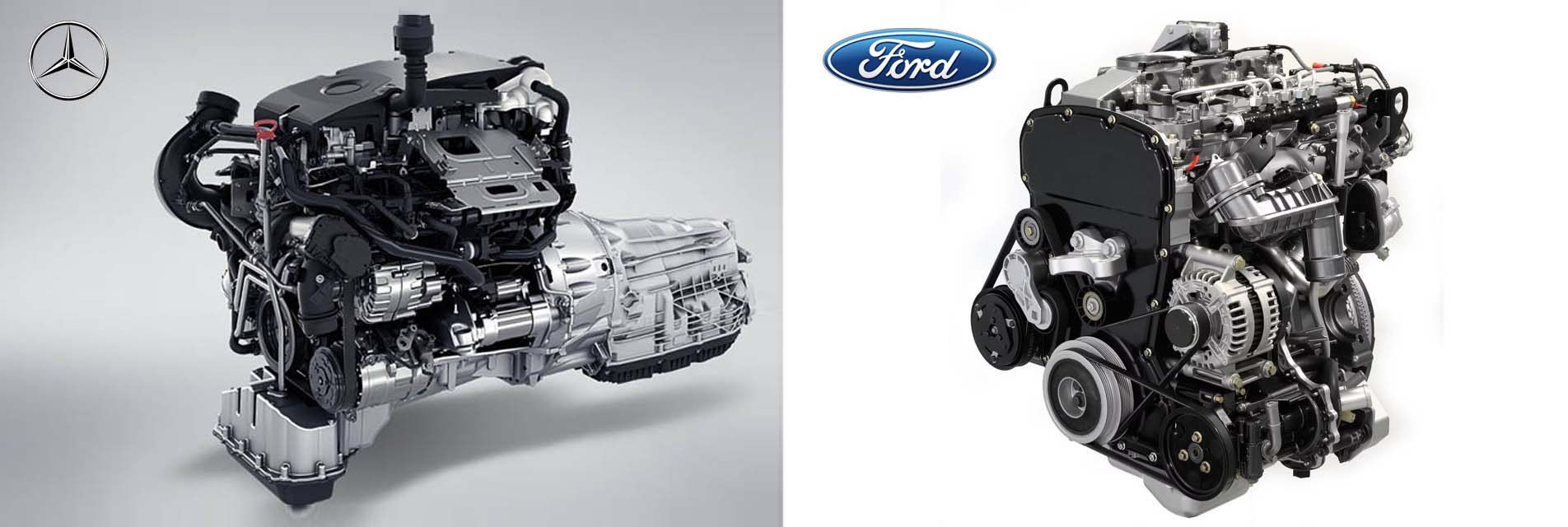
The two vans are pretty powerful, so they will make it up steep-ish mountains. The 2024 Sprinter is available with either a standard-output 170-hp diesel or a high-output 211 hp diesel. The Ford Transit comes with a naturally-aspirated 275 hp 3.5L V6 engine in both diesel and gas.
People who have test drived both vans say that the new Transit, with its 3.5L V6 engine, has a car-like feel; it seems smaller and lighter than it is.
The combined average MPG for a 2023 2,500 Sprinter is 17.75. Car and Driver carried out a 75-mph highway fuel-economy test on the 2019 Sprinter and it managed 15mpg, though.
The official Transit MPG number is 18. However, Fuelly tested four 2023 Ford Transit-350 vehicles for a total of 20,086 miles of driving and achieved a combined average MPG of 15.41.
So in terms of fuel economy, it seems the new vehicles are pretty similar. When it comes to older models, many reviewers claim the Sprinter has much better fuel economy.
As of 2023, both the Transit and the Sprinter come in AWD. However, the older Transit models only came in RWD, so if you’re on a budget and need a 4×4 van, you’ll need to buy a Sprinter.
5. Which is most reliable – the Ford Transit or the Mercedes Sprinter?

Here’s the million dollar question.
Most van lifers will confidently say the Sprinter outlasts the Transit by years. The first can do over 300,000 miles (some people claim over 400,000), while the second can do more than 200,000. This is probably due to the fact that most Sprinters are diesel, while Ford only made gas engines for the Transit until 2023.
If you’re buying used and you want to hold onto your van for many years to come, you’re probably better off with a Sprinter.
Be very careful when inspecting ex Amazon delivery vans, though. Reddit user OwlStretcher believes that in many cases, the preventative maintenance hasn’t been carried out and the repair work was done by low-bid shops on short-term contracts. User RcSheets comments:
“I would imagine they get the absolute **** beaten out of them.”
In fact, this Reddit VanLife user says:
“As a former Amazon driver, I can verify that these things get ABUSED. When we got our first Amazon vans (before they were just white vans) it didn’t take long for people to start tearing them up. I would definitely have someone look it over really good internally before you buy.”
That said, if the vehicle is very cheap and you’re keen to work on it before you set off on your adventure, you might just get yourself a bargain.
Like most vehicles, both Sprinters and Transits are known to have some issues. We have summarized them in the table below.
| Sprinter issues | Transit issues |
|---|---|
| DEF issues (mostly in 2010-2016 vans) | Throttle body wear (on earlier models) |
| Torque converter problems | Water leak issues, from the windshield |
| Glow plug issues | U-joint premature wear (on older models) |
| Injector problems | |
| DPF filter clogging |
Keep an eye out for these issues when you inspect and test drive a used van.
Buying a new vehicle, purchasing warranty, and sticking to the recommended maintenance schedule is the best way to ensure your van will run smoothly for a long time.
Before purchasing a used vehicle, make sure to research the specific model you’re looking at. It will likely have specific issues and quirks. Even the fuel economy and dimensions will differ slightly.
7. Maintenance costs

We’ll cut to the chase here. Servicing and maintaining a Sprinter is considerably more expensive and complicated. Sprinters require two types of regular maintenance – service A and service B – every 20,000 miles. The schedule for a Transit is much less complex.
Let’s compare maintenance costs for both vans.
| Model Year | Sprinter Annual Maintenance Cost | Transit Annual Maintenance Cost |
|---|---|---|
| 2022 | $621 | $396 |
| 2021 | $731 | $465 |
| 2020 | $907 | $574 |
| 2019 | $1,188 | $749 |
| 2018 | $1,421 | $894 |
| 2017 | $1,788 | $1,123 |
Sources: Mercedes-Benz Sprinter Maintenance Costs, Ford Transit Cargo Maintenance Costs
As you can see, looking after a Ford Transit, on average, is more economical.
There’s more bad news for Sprinter lovers. You’ll need to head to a specialized Mercedes dealership (not all Mercedes dealerships work on Sprinters) for servicing and repairs. Some people complain this is very inconvenient, both when on the road and at home.
Divine from Divine On The Road had to spend thousands of dollars to maintain and repair her 2011 Sprinter van. She once broke down in the middle of the mountains and had to spend $8,000 on repairs, plus $2,000 on a 3-week AirBnB stay. Ouch.
On the other hand, most mechanics can fix a Ford Transit – you can even service yours yourself because standard maintenance for Transits is a lot simpler and cheaper. Parts are typically readily available and economical.
Katie from So We Bought A Van writes on her blog:
“One of the benefits of this vehicle that I appreciate as a full-time traveler is that it can be taken to any mechanic to be worked on and does not require extensive specialty knowledge or a dealership.”
But if you’d prefer to go to a dealership or a mechanic, you have plenty of choice – most will work on a Transit.
In addition, the probability of something going wrong and needing a repair worth over $500 is a little higher for a Sprinter than for a Transit.
| Year | Mercedes Sprinter | Ford Transit |
|---|---|---|
| 1 | 5.85% | 3.64% |
| 2 | 9.7% | 6.05% |
| 3 | 10.88% | 6.78% |
| 4 | 19.22% | 11.98% |
| 5 | 27.53% | 17.16% |
| 6 | 30.96% | 19.3% |
Sources: Mercedes-Benz Sprinter Maintenance Costs, Ford Transit Cargo Maintenance Costs
Finally, the average insurance cost is higher for Sprinters. It costs an average of $1,794 a year to insure a Sprinter versus $1,461 for a Transit.
These figures shouldn’t be a main deciding factor (it’s not all about the money, after all), but it’s important to note that if you want to buy a Sprinter, you should have enough money in the bank to maintain it and fix it up.
7. Price point and resale value

Sprinters are notoriously more costly to purchase. To buy the extra cargo space and luxurious cockpit options, you need to spend more.
However, this is not necessarily true for new models. A 2023 Sprinter starts from $45,795, while a Transit starts at $46,350.
Ford has just released the Ford Transit Trail – a passenger version of the Transit featuring swivel seats, a 3.5in body lift, improved ground clearance, and more. It’s designed for upfitting and can be purchased starting from $65,975.
New vans come with a warranty and make it easier to obtain financing, so it might be worth buying new for some. Moreover, the new Transits might retain more value in the future.
If you’re looking to buy used, we have created a table with average prices for second-hand vans. Bear in mind that the numbers below vary based on model and location.
| Year | Sprinter Price | Transit Price |
|---|---|---|
| 2020 | $60,608 | $34,803 |
| 2019 | $56,545 | $33,204 |
| 2018 | $47,835 | $31,550 |
| 2017 | $46,305 | $33,373 |
| 2016 | $45,003 | $29,450 |
| 2015 | $39,511 | $27,080 |
Sources: Mercedes-Benz Sprinter Depreciation, Ford Transit Depreciation Rate
Many people wonder if buying a Sprinter van is a good investment. It can be, especially if you buy new and sell within three years. However, if you’re set on keeping the van for four years or more, you’ll be getting more money back for a Transit.
Here’s the estimated depreciation of both vans for the first five years of their lives.
| Years Old | Sprinter Depreciation | Transit Depreciation |
|---|---|---|
| 1 | 6% | 7.5% |
| 2 | 11% | 11.5% |
| 3 | 13% | 16% |
| 4 | 27% | 17% |
| 5 | 28% | 21% |
Sources: Mercedes-Benz Sprinter Depreciation, Ford Transit Cargo Depreciation
8. Official and aftermarket accessories
Fitting your van out is very important if you plan to go boondocking or on dirt roads often. When it comes to official and aftermarket parts, there are hundreds of accessories designed for the Sprinter. Think of Fiamma, Aluminess and Backwoods Adventure Mods. If you get a Sprinter, you will likely be able to kit it out exactly as you like.
More aftermarket parts for the Transit are becoming available. You don’t have as much choice yet, but you can definitely achieve a nice setup.
9. Shape
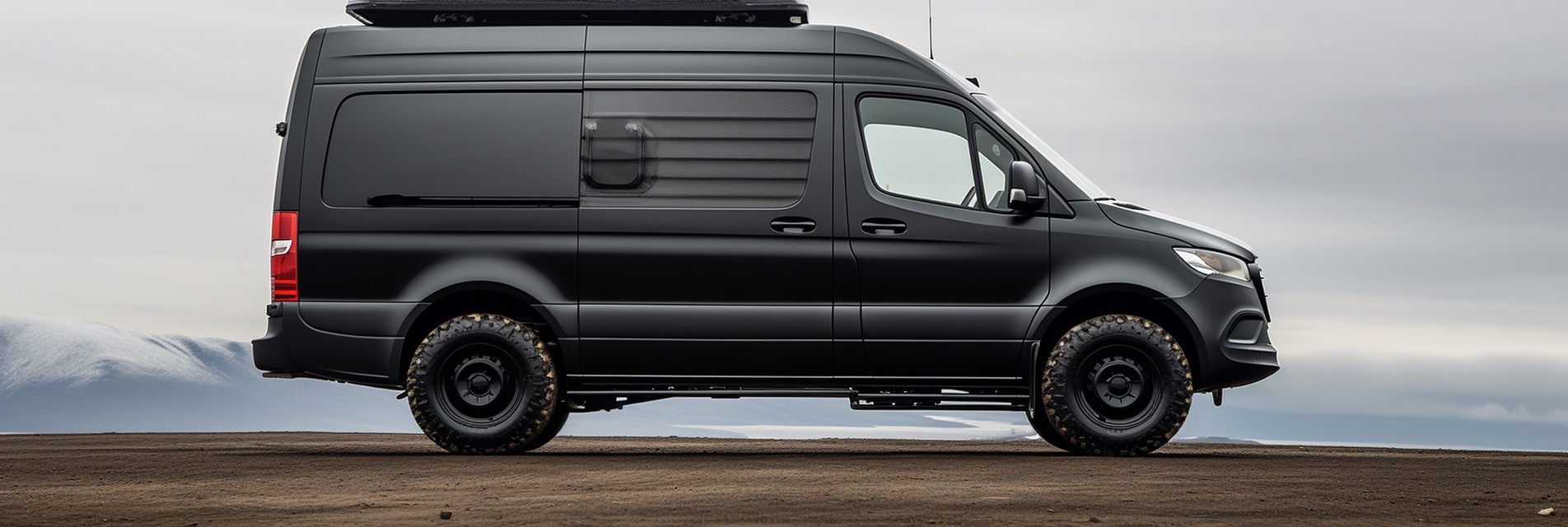
If you’re planning a DIY conversion, you’ll need to think about the shape of the cab, too. You will need to install insulation and square furniture, like cabinetry, onto the walls.
The Sprinter’s body features curvier walls than the Transit. Neither are a square box, but the Transit can pose fewer challenges to the new DIYer.
Sara and Alex James decided the shape of the Transit’s sliding door was a deal breaker to them. There’s a big bulkhead above the sliding door, which makes it awkward to get on and off the van. If you’re tall, you risk hitting your head every time.
The roof of the Transit also starts diving down into the front, towards the windshield, a lot earlier, adding extra complexity to your build. On the Sprinter, the curvature doesn’t start until the sliding door begins.
10. Resources
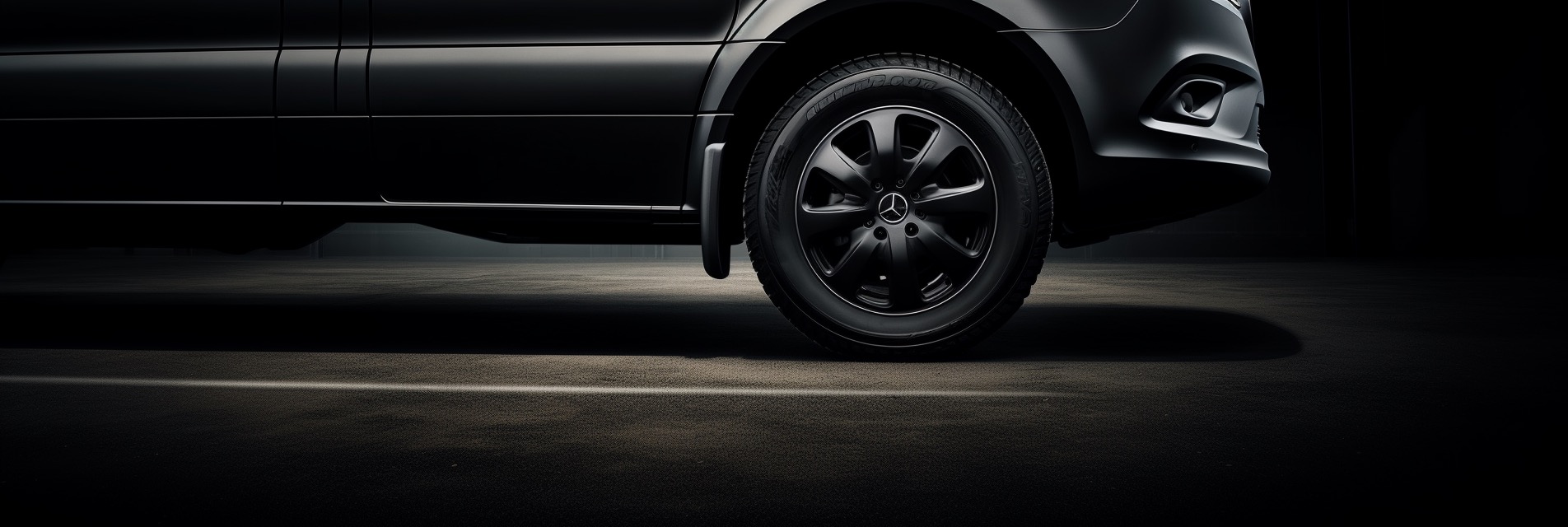
Because the Mercedes Sprinter has been a popular base for a conversion for many years, there are lots of resources you can tap into to help you plan, design, and work on your own rig. Think of forums like The Sprinter resource.
There’s less of a cult following for the Transit. However, you’ll find some inspiration and tips from other van lifers on YouTube.

Pros:
- Cheaper purchase price
- Drives very comfortably and feels like a car
- Lower maintenance and insurance costs
- 2.4in extra headroom
- Easy-to-find and cheap replacement parts
- Depreciates slower
- Lower chance of major repair (over $500) due within the first 10 years.
- Cheaper purchase price
- Drives very comfortably and feels like a car
- Lower maintenance and insurance costs
- 2.4in extra headroom
- Easy-to-find and cheap replacement parts
- Depreciates slower
- Lower chance of major repair (over $500) due within the first 10 years.
Pros:
- Lower gas mileage than a Sprinter (some models)
- Less popular among van lifers, so fewer resources available
- Gas models only last 200,000 miles
- Lower payload
- Bulkhead over sliding door lowers headroom at the door
- Early curvature of roof diving towards the windshield complicates build
- Smaller cargo space
- Older models not available in AWD or 4×4
- Not as many aftermarket accessories.
Pros:
- Budget-friendly
- Excellent fuel efficiency
- Easy maneuverability
- Powerful engine
- Decent payload
- Great for city driving.
Pros:
- More expensive to purchase
- Higher maintenance and insurance costs
- Curvier walls
- Replacement parts not readily available and expensive
- Higher chance of major repair (over $500) due within the first 10 years.
So have we settled the debate? Kinda. The truth is that you’re the only one who can. There isn’t a better van – it all comes down to your personal preferences and needs.
Mac from Halfway Anywhere was undecided between the 2023 Mercedes Sprinter and the 2023 Transit Trail. After carefully analyzing the advantages and disadvantages of both vans, he settled for a Sprinter. He prefers the diesel engine, additional clearance, and the extra options available for the Sprinter.
Jake & Emmie, on the other hand, chose a Ford Transit because it features a higher ceiling and it’s gas. The couple has traveled around South America, where finding diesel mechanics is harder. Jake says that Napoleone, their van, “has gotten us through a lot of sticky situations.”
At Van2B, we think both the Mercedes Sprinter and the Ford Transit are fantastic vehicles to turn into camper vans. They provide plenty of room in the cabin, have a good lifespan, and feature powerful engines. The Ram ProMaster is also a great choice if you need a slightly wider van and you’re on a tighter budget.
This is why we manufacture both – Sprinter van camper conversion kits and Ford Transit van conversion kit options.
Our kits are made in the USA, out of San Diego, using premium materials. We design and build our units to be sturdy and practical while providing the comfort you need on the road.
We deliver for free to the Lower 48. Take a look at our van high top conversion kit
Wonder what other vehicles are a good base for a conversion? Check out this article.


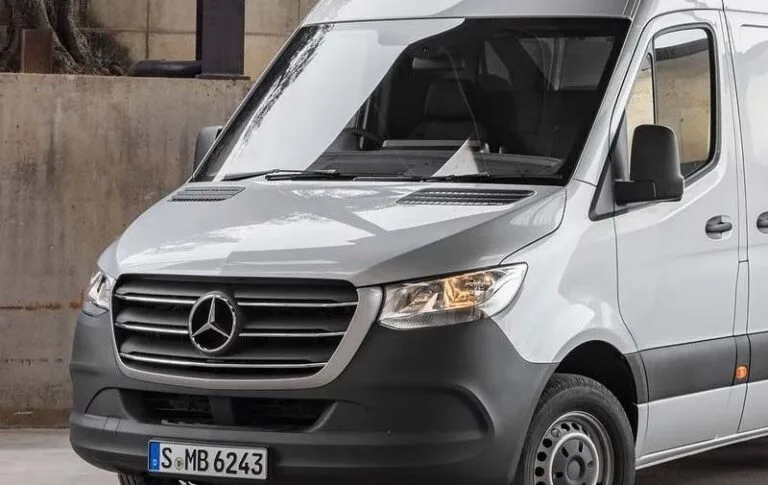
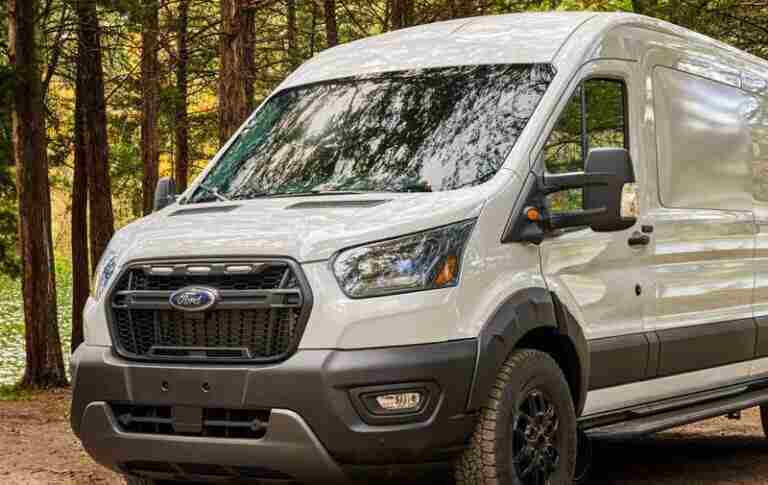
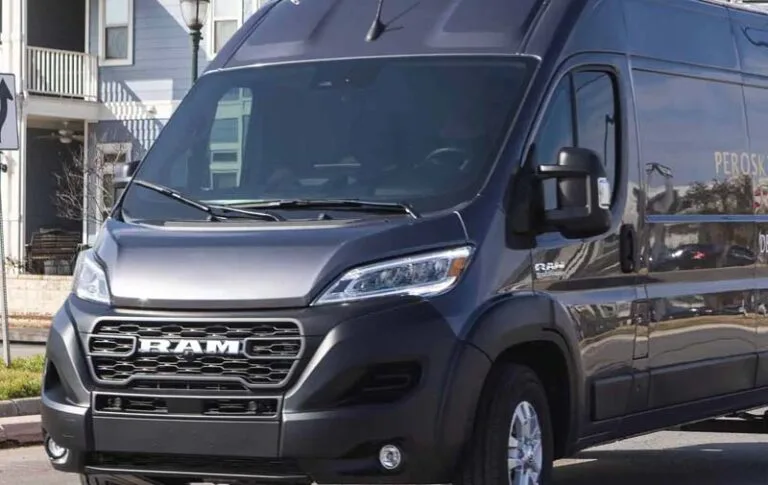
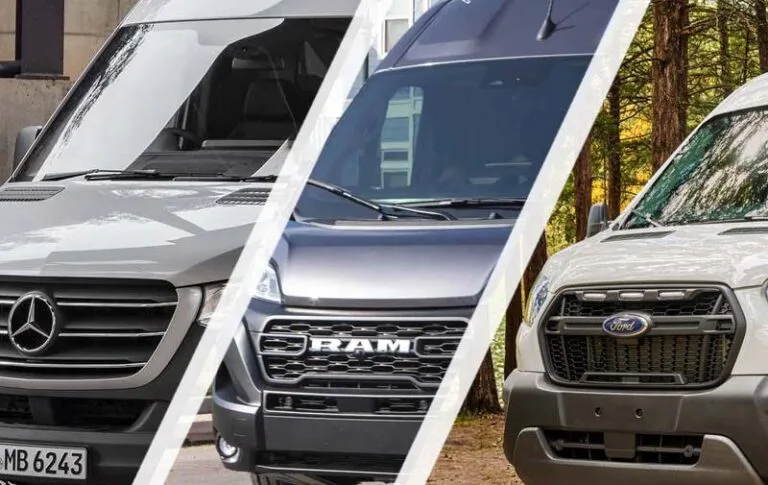
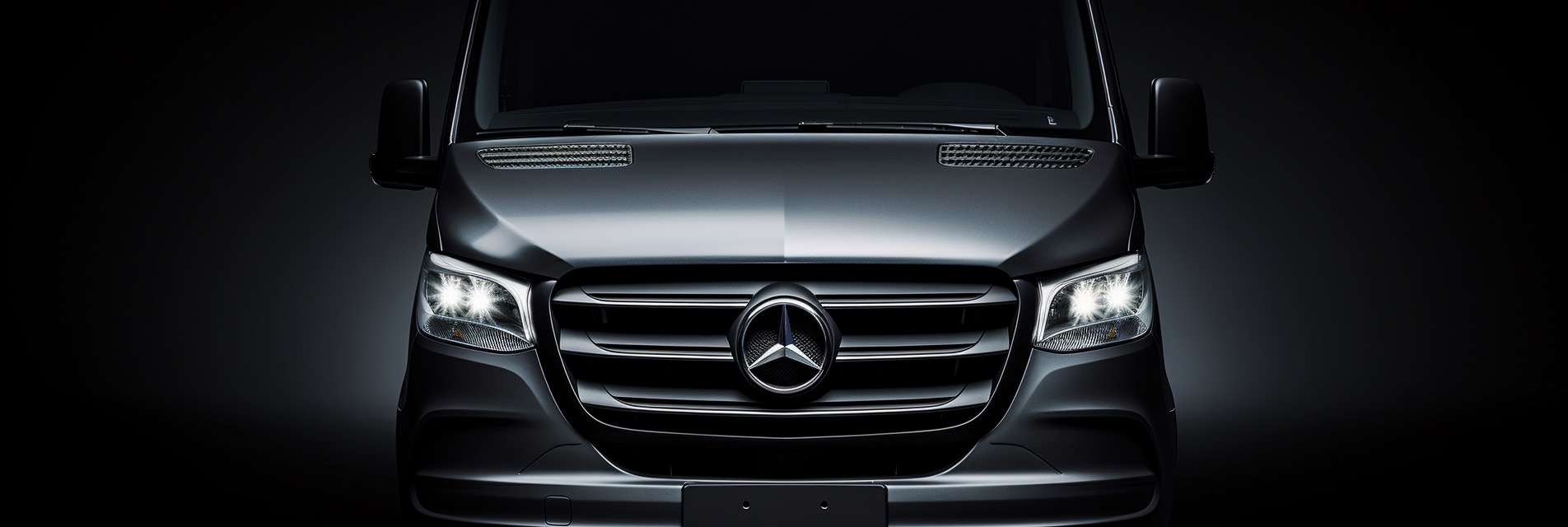
Our products
Beds
Mercedes Sprinter Van Murphy Bed
Beds
Ford Transit Van Murphy Bed
Beds
Ram Promaster Murphy Bed
Cabinets
Mercedes Sprinter Van Wheel Well Cabinets
Camper Van Cabinets
Ford Transit Van Wheel Well Cabinets
Cabinets
Ram Promaster Wheel Well Cabinets
Cabinets
Mercedes Sprinter Van Galley Cabinets
Camper Van Cabinets
Ford Transit Galley Cabinets
Posts you may like
Do Not Buy Vancubic Until You Read This Article: The Pros and Cons Unveiled
Jul
Generative AI Envisions Ferrari Camper Vans
Jun
How to put a bed in a Sprinter van
Feb
How to build a DIY camper van in 1 week
Feb
The Future Design of Mercedes Sprinter: An AI Perspective
Jul
Ford Transit vs Mercedes Sprinter reliability: side-by-side comparison
Feb
Stealth van camping: Everything you need to know
Dec
Ford Transit Camper Conversion Kit for DIY Van: Top 15
Jan